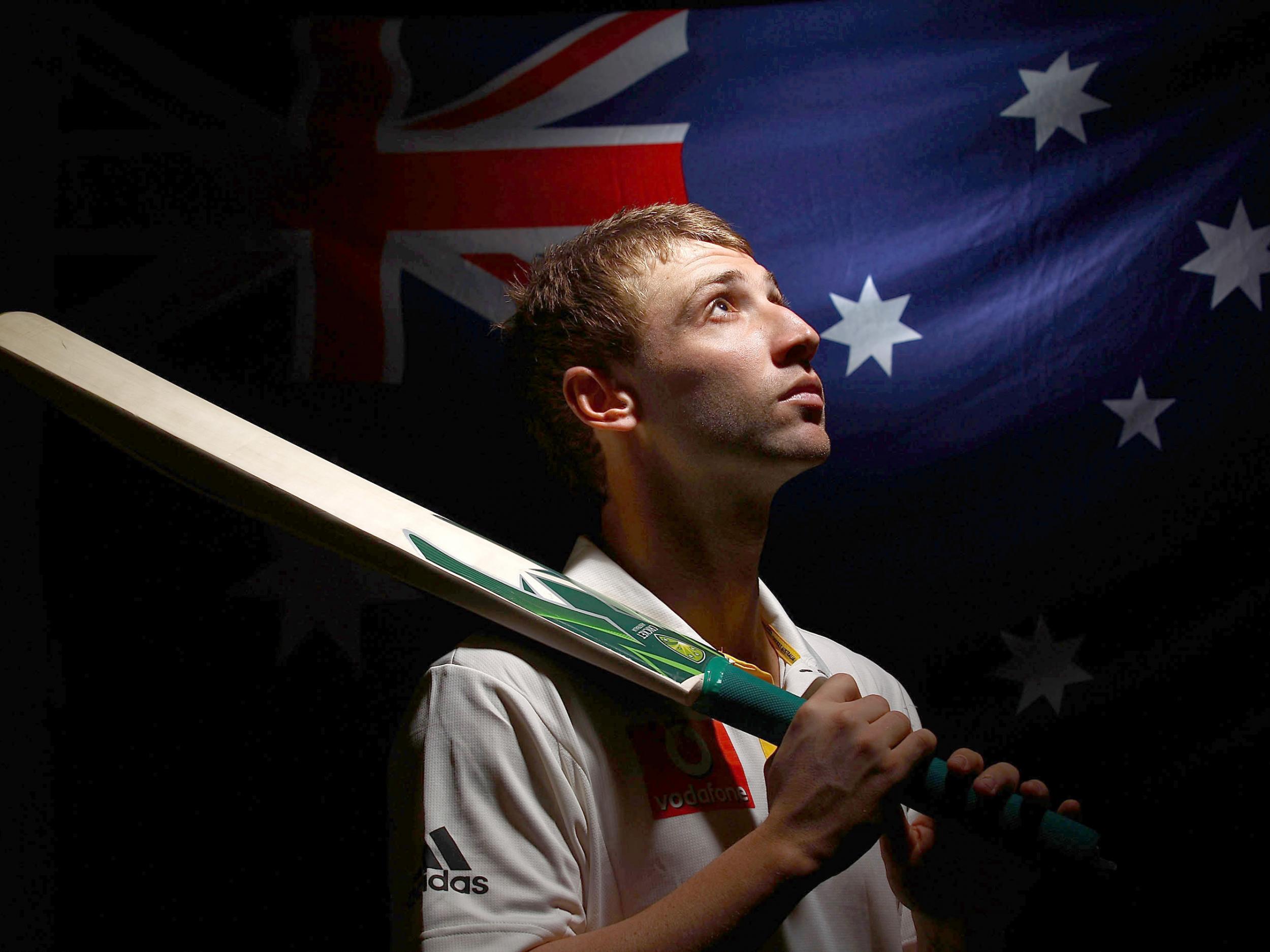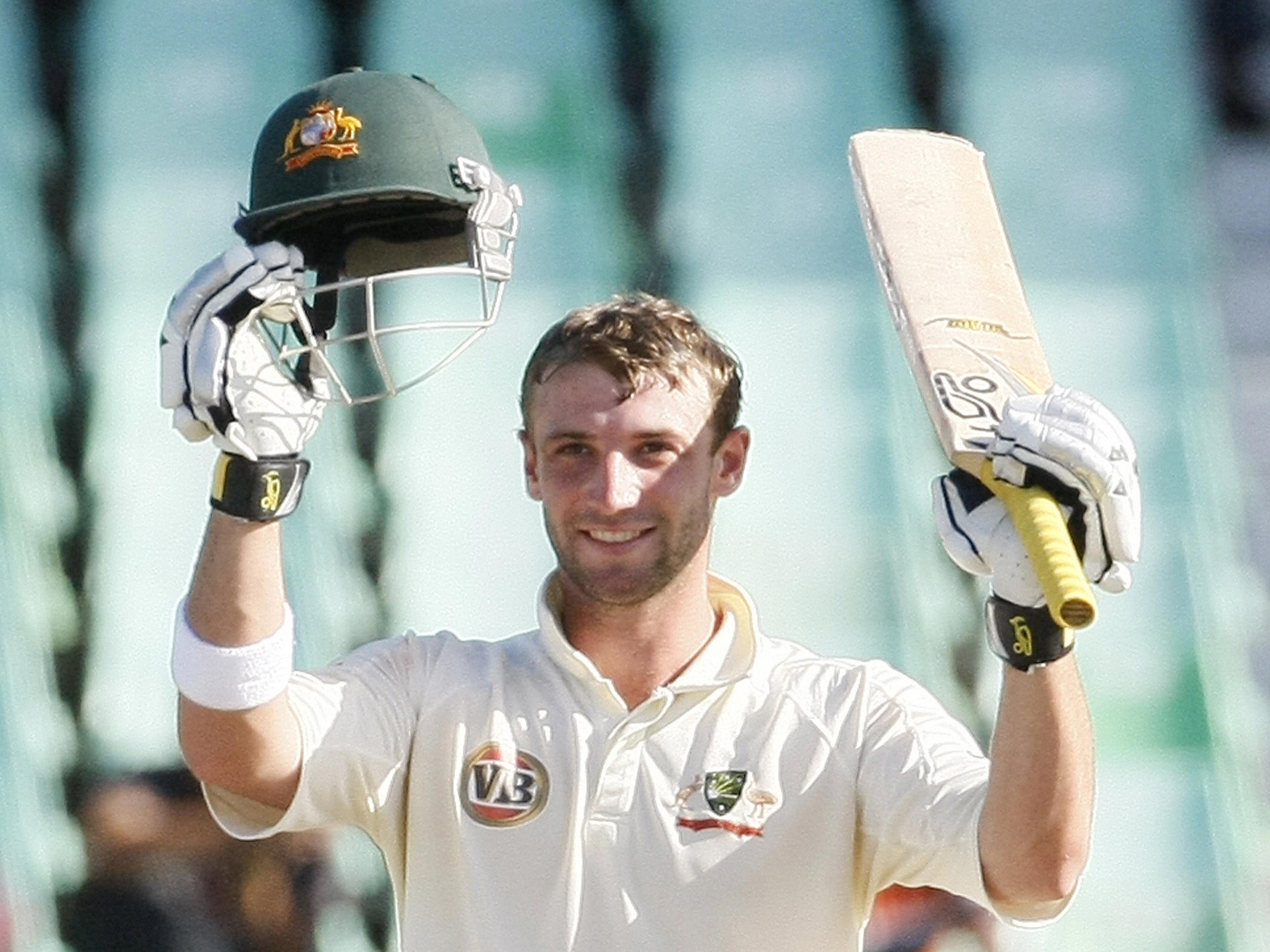Sledging or short bowling not to blame for Phillip Hughes death, inquest rules
Hughes died after being hit on the head by a bouncer in November 2014

Your support helps us to tell the story
From reproductive rights to climate change to Big Tech, The Independent is on the ground when the story is developing. Whether it's investigating the financials of Elon Musk's pro-Trump PAC or producing our latest documentary, 'The A Word', which shines a light on the American women fighting for reproductive rights, we know how important it is to parse out the facts from the messaging.
At such a critical moment in US history, we need reporters on the ground. Your donation allows us to keep sending journalists to speak to both sides of the story.
The Independent is trusted by Americans across the entire political spectrum. And unlike many other quality news outlets, we choose not to lock Americans out of our reporting and analysis with paywalls. We believe quality journalism should be available to everyone, paid for by those who can afford it.
Your support makes all the difference.No one was to blame for the death of Australian batsman Phillip Hughes, an inquest has found.
Hughes died two days after being struck on the back of the head by a bouncer in a Sheffield Shield game between New South Wales and South Australia in November 2014.
The New South Wales coroner who led the inquest, Michael Barnes, attached no blame to the short bowling, sledging or Hughes' equipment but made a number of suggestions for improving safety in the sport.
Barnes' findings were released on Friday in Australia.
Hughes was 63 not out when he was struck in the 49th over of South Australia's first innings by a bouncer from Sean Abbott.
The report said there was "absolutely no suggestion the ball was bowled with malicious intent" and that "neither the bowler nor anyone else was to blame for the tragic outcome."

Hughes was struck after "a minuscule misjudgement or a slight error of execution" from the batsman, according to the coroner.
During the hearing, it was disputed whether Hughes had received sledging from New South Wales players. Barnes said it was "difficult to accept" no sledging had occurred but that "even if the threats were made, they did not affect Phillip's composure so as to undermine his capacity to defend himself against short-pitched, high bouncing bowling and so the threats could not be implicated in his death."
Barnes went on to question whether sledging had any place in the game, adding: "Hopefully, the focus on this unsavoury aspect of the incident may cause those who claim to love the game to reflect upon whether the practice of sledging is worthy of its participants. An outsider is left to wonder why such a beautiful game would need such an ugly underside."
The match umpires could not be faulted, with independent expert umpire Simon Taufel concluding they applied the laws of the game "extremely well" with regards to the amount of short balls bowled at Hughes.
However, Barnes recommended the rules regarding dangerous deliveries are reviewed and that "umpires be provided with more guidance as to how the laws should be applied."
Barnes came to the same conclusion as an earlier independent review into the death that Hughes' helmet was not to blame.
Hughes was not wearing the latest helmet design, but even if he had "it would not have protected the area of his body where the fatal blow landed", according to the coroner.
Barnes did, however, find flaws with the "suboptimal" emergency response, though said the "injury suffered by Phillip was unsurvivable".
Barnes added: "Had there been a small window in which urgent medical care may have altered the outcome, it is possible that opportunity may have been missed because aspects of the non-medical response were suboptimal."
The areas of concern, Barnes said, included the fact "none of those on the field knew how to summon medical assistance" and that it took over six minutes for an ambulance to be called due to it being unclear whose responsibility it was.
Cricket Australia have since made improvements in this area, with a professional paramedic now present at all first-class games, though Barnes suggested implementing a daily medical briefing to ensure all staff members were aware of the procedures in case of emergency.
Join our commenting forum
Join thought-provoking conversations, follow other Independent readers and see their replies
Comments